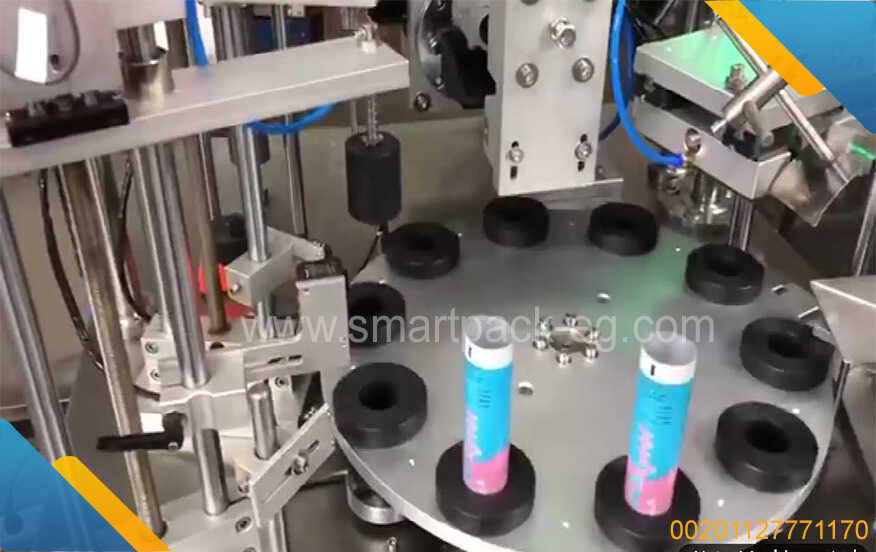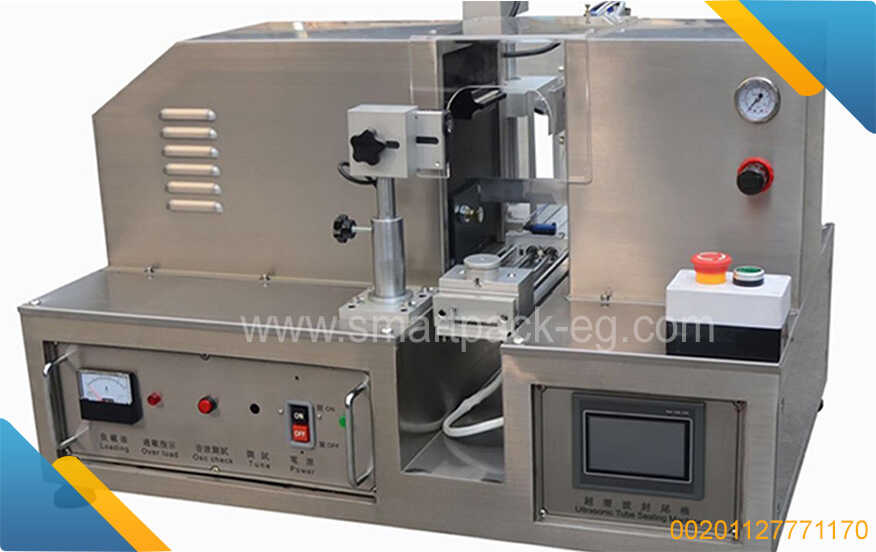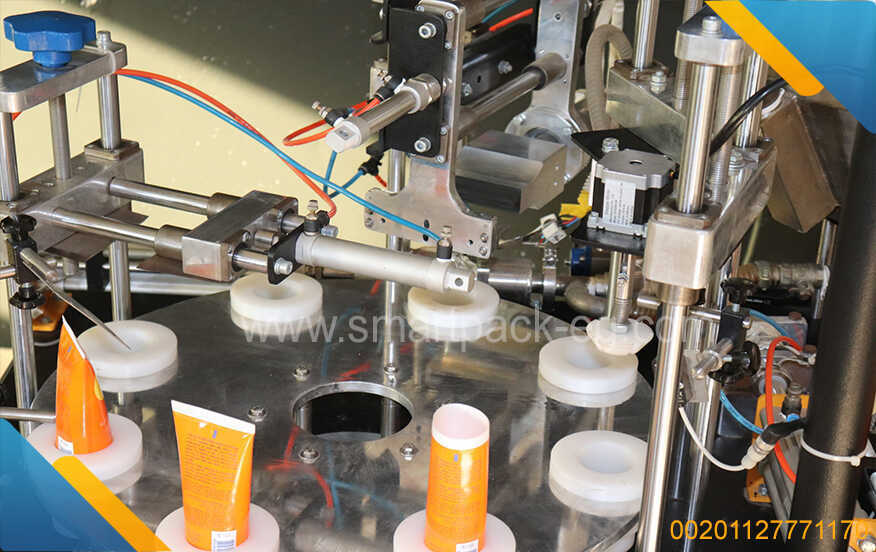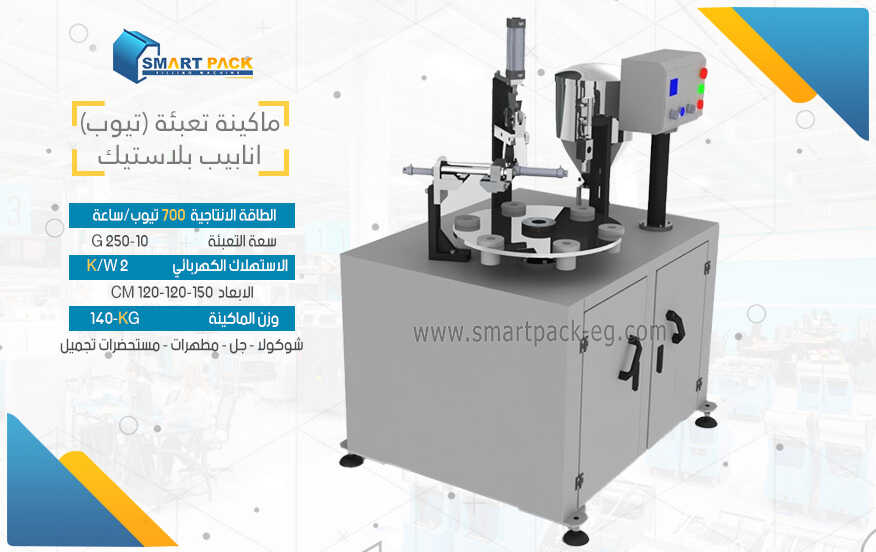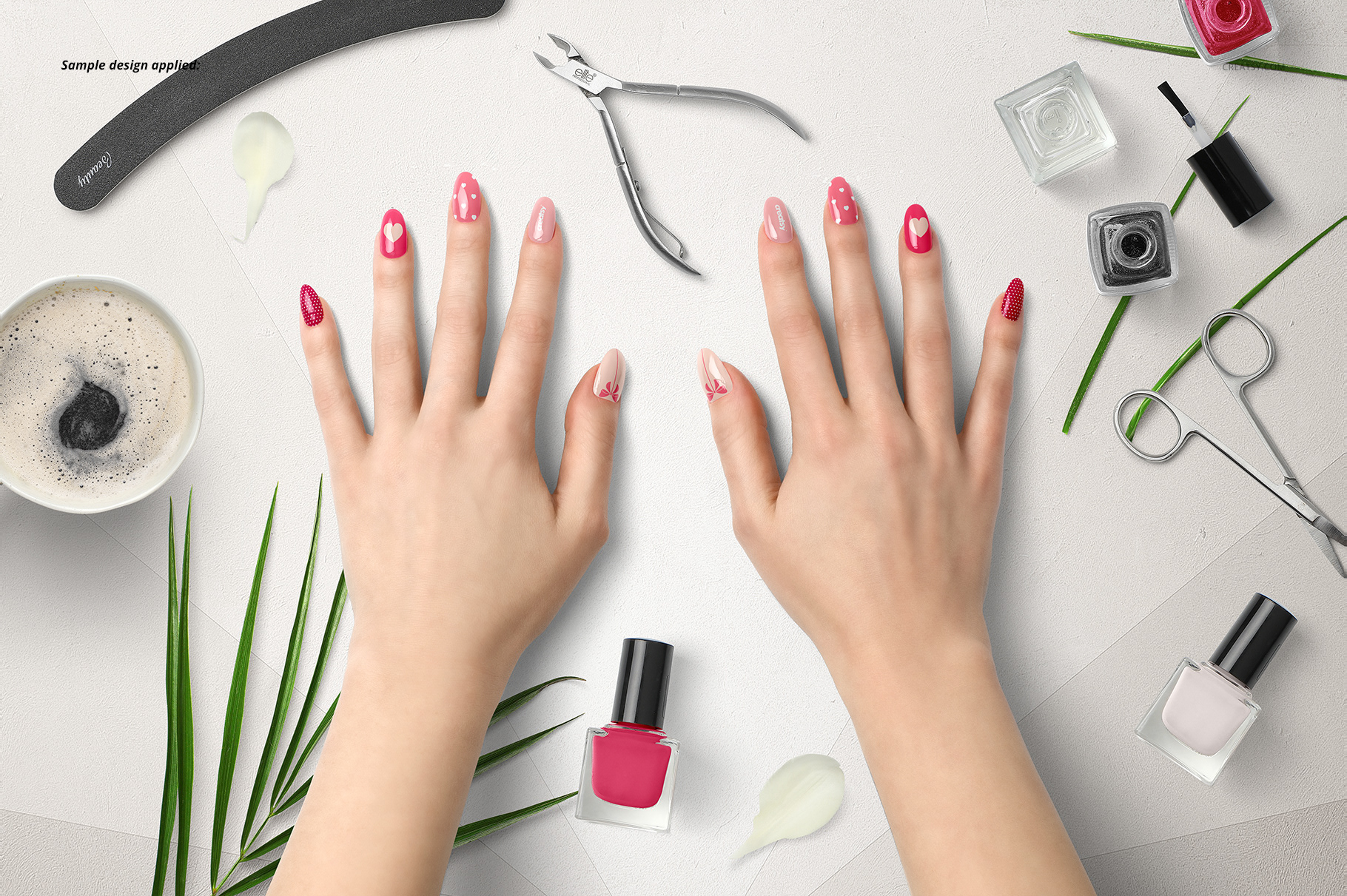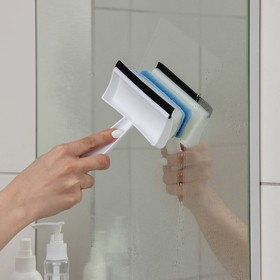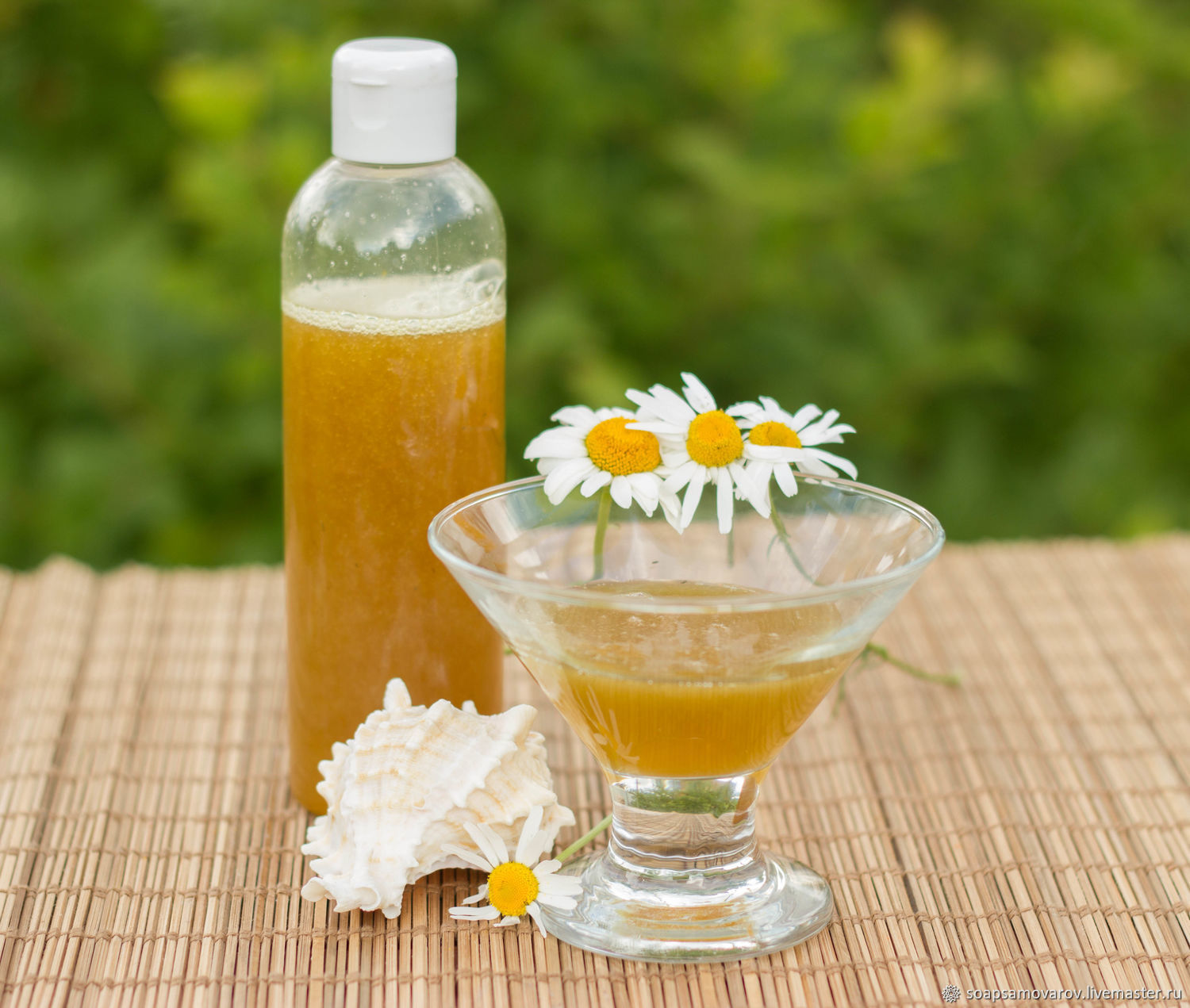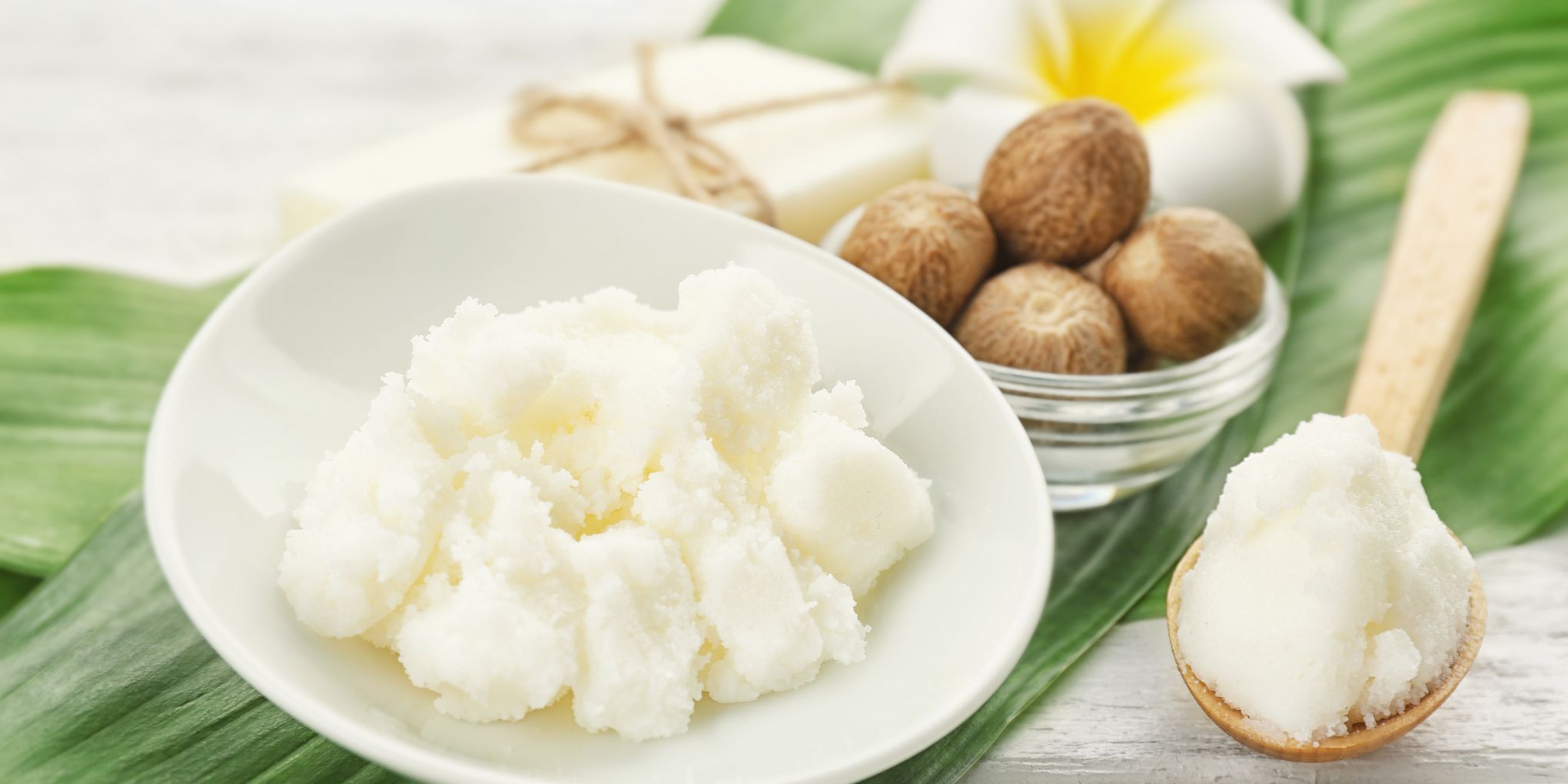How to Guide: Cosmetics Production and Packaging Factory Machinery, Components, and Processing Methods
Introductssing methods to ension:
Producing and packaging cosmetics requires specialized machinery, components, and proceure quality and efficiency. In this guide, we will walk you through the different aspects of cosmetics production and packaging, providing an overview of the machinery involved, the components used, and the processing methods employed.
Chapter 1: Cosmetics Production Machinery
-
Mixing and Blending Machines:
- The mixing and blending process is crucial for achieving the desired texture and consistency of cosmetics. Common machines used include high-shear mixers, homogenizers, and emulsifiers.
- These machines facilitate the blending of ingredients, such as oils, waxes, pigments, and active compounds, to create a homogeneous mixture.
-
Filling Machines:
- Filling machines are responsible for accurately measuring and dispensing the cosmetic products into various containers, such as jars, bottles, and tubes.
- Different types of filling machines are available, including piston fillers, peristaltic fillers, and vacuum fillers, each suited for specific product types and container sizes.
-
Capping and Sealing Machines:
- Capping and sealing machines ensure the tight closure and integrity of the product packaging. They can handle different closure types, such as screw caps, flip-top caps, and pump dispensers.
- Automatic capping machines are commonly used for high-speed production lines, while manual machines are suitable for smaller batches or specialized products.
Chapter 2: Components Used in Cosmetics Production
-
Raw Materials:
- Cosmetics require a wide range of ingredients, including emollients, humectants, thickeners, preservatives, pigments, and fragrances.
- It is essential to source high-quality raw materials from reputable suppliers to ensure the safety and efficacy of the final product.
-
Packaging Materials:
- Packaging materials play a vital role in cosmetics production. Common options include glass, plastic, and metal containers, as well as labels, shrink wraps, and protective sleeves.
- The choice of packaging material should consider product compatibility, durability, aesthetics, and environmental sustainability.
Chapter 3: Processing Methods
-
Emulsification:
- Emulsification is a process used to blend water-based and oil-based ingredients, creating stable emulsions such as lotions and creams.
- High-shear mixers or homogenizers generate sufficient force to break down the oil and water droplets, ensuring a smooth and stable emulsion.
-
Sterilization and Preservation:
- Sterilization is crucial to eliminate microorganisms and maintain product integrity. Common methods include heat sterilization, filtration, and the addition of preservatives.
- Preservatives are essential to prevent microbial growth and extend the shelf life of cosmetics. It is important to adhere to regulatory guidelines regarding preservative usage.
Conclusion:
In the cosmetics industry, the production and packaging of products rely heavily on specialized machinery, components, and processing methods. Understanding the various aspects involved is crucial for ensuring product quality, efficiency, and compliance. By following this guide, you will have a solid foundation to embark on your cosmetics production and packaging journey.

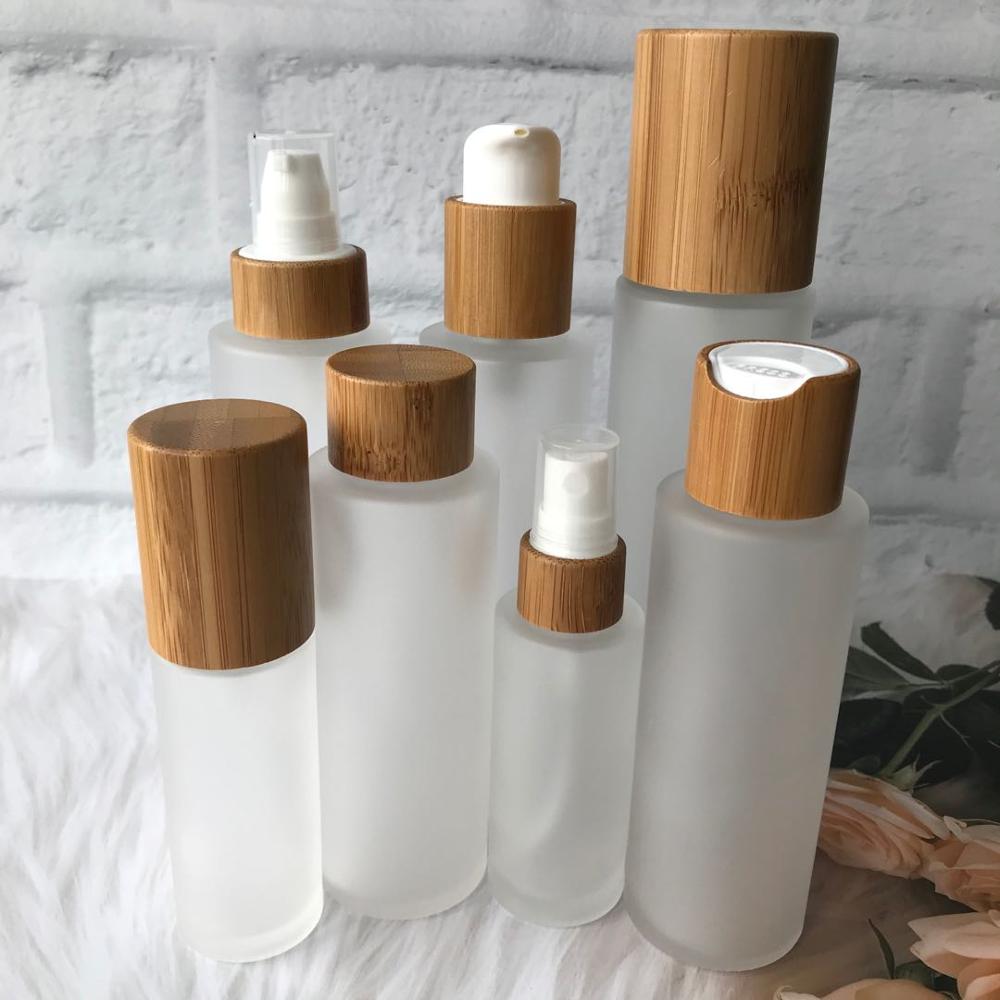
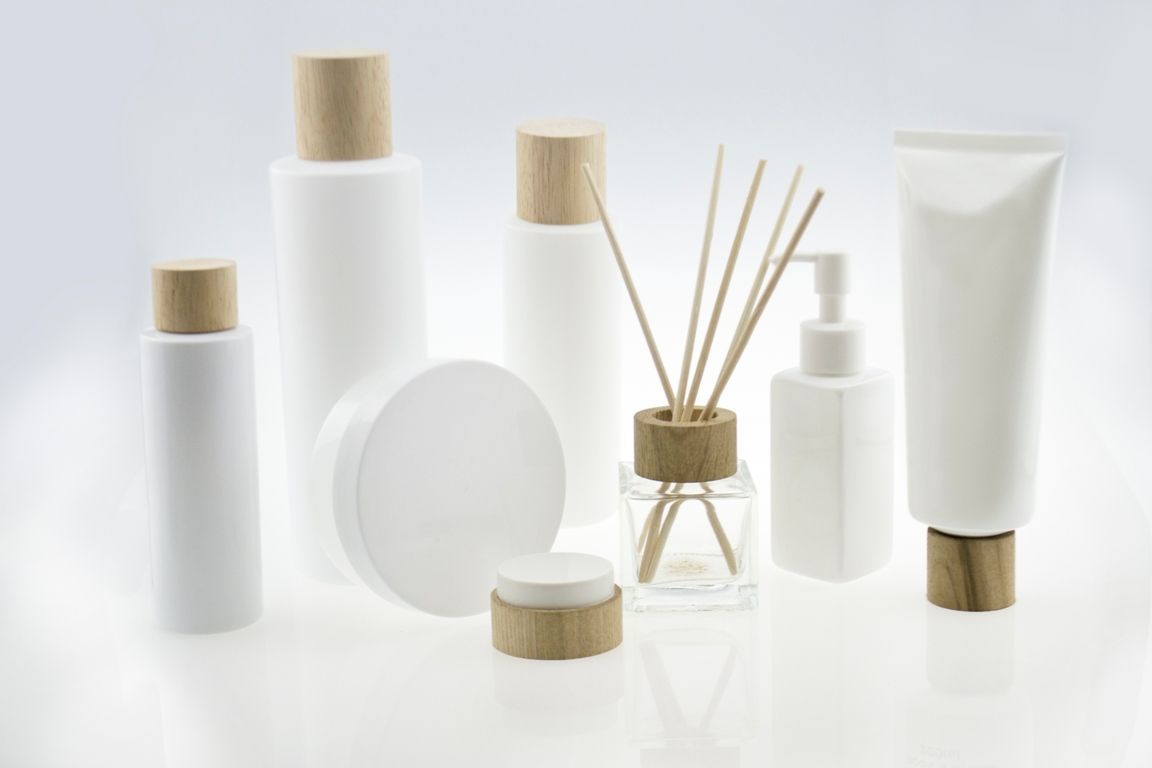
 Admin
Admin 